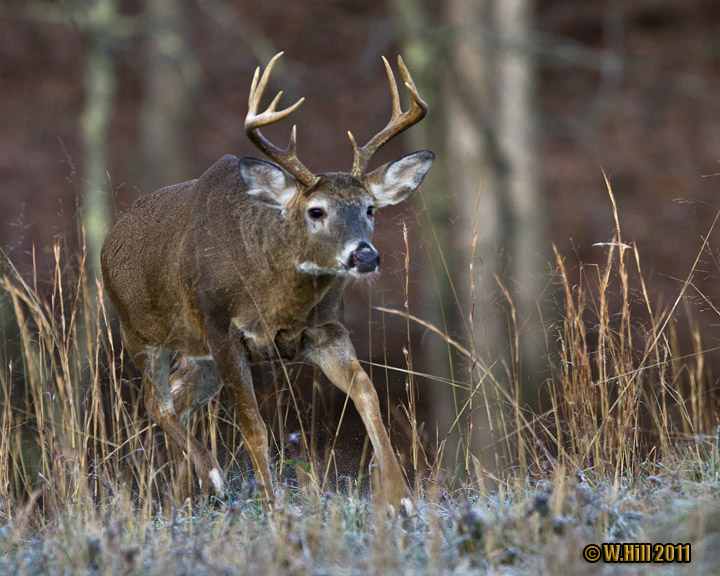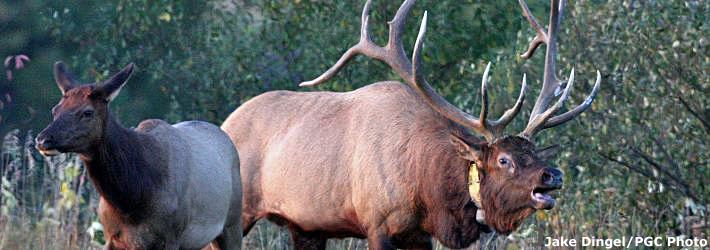As our time working on experimental passion blogs comes to a close, I would like to wrap up my series on outdoor life with a thought invoking, hopefully positive note. There is so much more about the outdoor world that I could (and would love to) talk about, and I hope that I will come around to write on this blog again in the near future. However, for the time being, I hope you all have enjoyed my posts.
My passion blog so far has focused on the wonders, adventures, and oddities of the natural world. As you can probably tell by now, I have spent lots of time engaged in outdoor activities, and I hope that you are inspired to do so as well. The point I want to make, though, is that our natural world is a delicate one when faced with the potential wrath of human beings. We need to preserve it in order for me and those like me to continue writing about and enjoying natural life.
Let me tell you a story. In the 19th century, the United States was just catching on to the industrial revolution, and its economy was booming; along with this came the lumber industry. 
(George Draffan)
This map shows the depletion of old growth forests in the United States from 1820 to present. Old growth means that the forest had never been logged before. Notice how, by 1920, nearly all of the forested area in Pennsylvania was gone.
Luckily, a large portion of this forestland has made a recovery thanks to policy changes and environmental awareness, and our generation is able to enjoy the serenity it offers. Industrialization and logging are not utterly terrible. In fact, there are actually benefits to logging (which is a whole new article topic), and industrialization is probably the reason that we are able to love the outdoors anyway.
Think about it: I’m able to write this article in a warm building on a device that can access a world of information. The fact that I live in an industrialized society is the reason I can look at the more appealing parts of nature and not have to worry about dying or getting eaten. My point is that we need to find a way to innovate society while conserving our natural world.
Not only can policy change rebuild environments, but a collective effort by individuals in a society can as well. So many of the things we do without thinking can have a horrible effect on the world around us. There is nothing I hate more than encountering litter in the woods; it really isn’t that hard to find a trash can or recycling bin. The selfishness of some people is absolutely baffling to me. Also, I’m sure most of you have seen this picture circulating on the internet:

I think you get the idea; it can be a real threat to our wildlife.
If we as a society can just have consideration for our actions, we will be able to reap the benefits of the industrialized world while also being able to escape to a place that is, in my opinion, just as necessary.



 (Pennsylvania Commonwealth)
(Pennsylvania Commonwealth)

